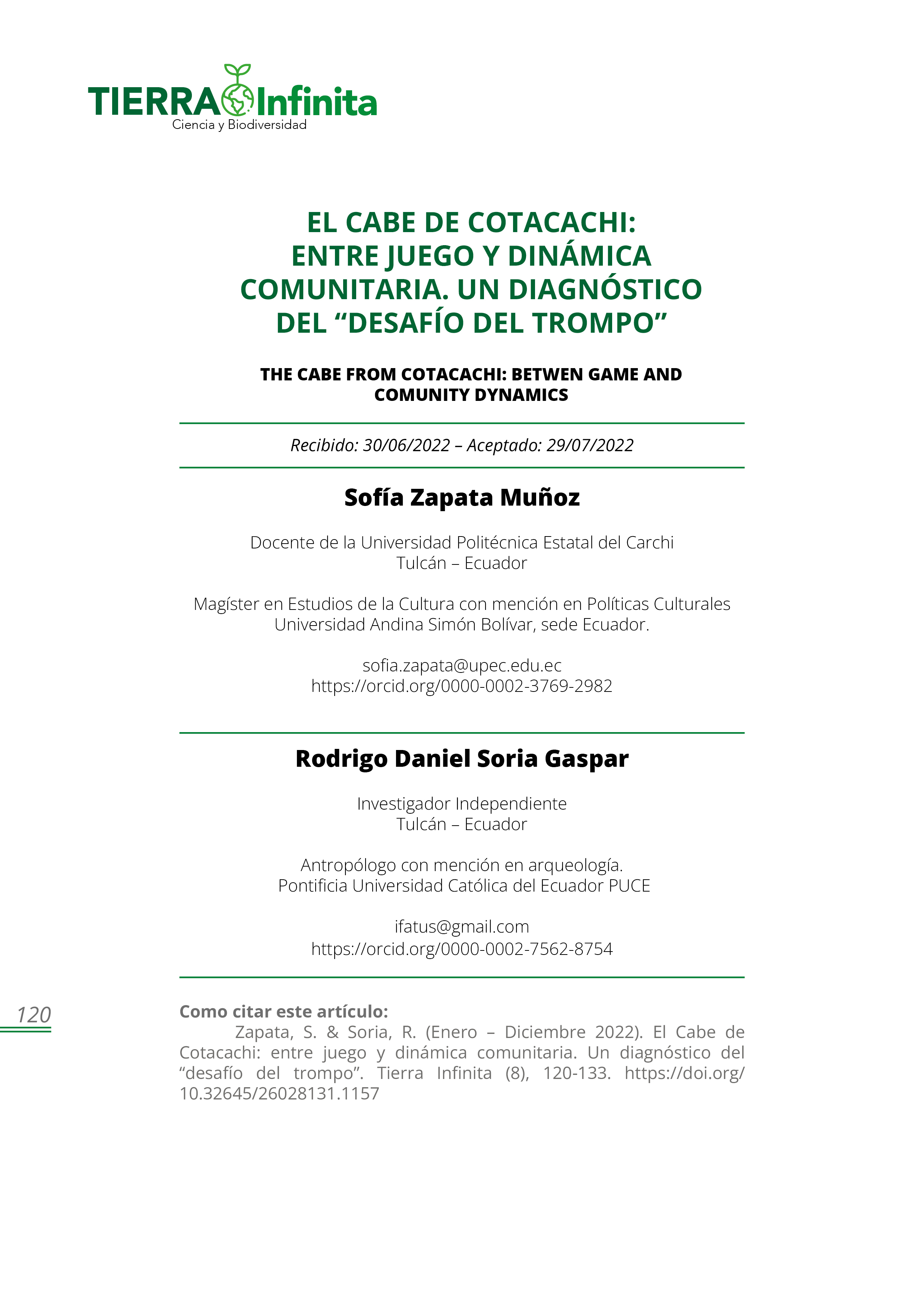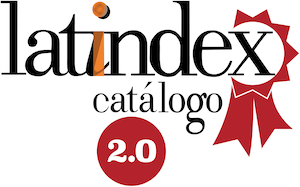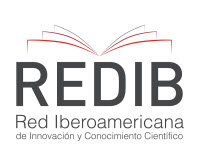The cabe from Cotacachi: betwen game and comunity dynamics
DOI:
https://doi.org/10.32645/26028131.1157Keywords:
etnography, Cabe, cultural manifestation, intangible heritageAbstract
This article presents some results of the research performed between the years 2018-2019 in the region of Cotacachi, the main objective was the registration of the cultural expression of Cabe, or spinning top. As a research tool, the ethnographic research method was applied. Among the most important results, it is evident that this practice has developed its own characteristics in relation to other locations both in the dynamics of the game and in the elements used. In this last aspect, is characteristic the manufacture by the master carpenters of the spinning top or Cabe and the wooden disks or balls. On the other hand, although the practice of the spinning top is mostly mestizo, the indigenous presence in these spaces has been an important contribution of this sport to promote the inclusion. The spinning top game, as a distinctive cultural manifestation of Cotacachi, takes place throughout the year, with an emphasis in all souls’ day, discovering dynamics of healthy competition, both between the traditional neighborhoods of the city and in indigenous communities, fostering a sense of appropriation public space and local identity, as a fundamental part of the socio-cultural relations of Cotacachi.
References
- Albuja, A. (1962). Estudio Monográfico Del Cantón Cotacachi. Talleres gráficos “Minerva”
- Benalcázar, M. y. B., J. (2002). El Juego del Trompo en Cotacachi. Graficolor.
- Denzin, N. y. L., Y.,. (2005). Handbook of Qualitative Research. Editorial Sage.
- Di Virgilio, M. F., C.; Najmias, C.; Navarro, A.; Perea, C. y Plotino, G. (2007). Competencias para el trabajo de campo cualitativo: formando investigadores en Ciencias Sociales. En Revista Argentina de Sociología, vol. 5 / N. 09, 90-110.
- Flora, G. (2006). La migración circular y la identidad comunitaria. Su relación con la tierra. In Desarrollo Con Identidad. Comunidad, Cultura Y Sustentabilidad En Los Andes. (pp. 413-434). Abya Yala
- Hammersley, M., y Atkinson, P. (1994). Etnografía: Métodos de Investigación. Editorial Paidós.
- Moreno, L. (2013). Cotacachi y sus encantos. CCE Benjamín Carrión, Núcleo de Imbabura.
- Nazarea, V., Guitarra, R., y Rhoades, R. . (2006). Atravesando un paisaje de memorias. In Desarrollo Con Identidad. Comunidad, Cultura Y Sustentabilidad En Los Andes (pp. 125-134). Abya Yala
- Pérez, C. (2021). Las expresiones culturales y el significado de los espacios urbanos en la ciudad de La Paz. Análisis del abordaje transdisciplinar. RIP Número Especial, 29-37.
- Rhoades, R. (2006). Enlazando la ciencia de la sustentabilidad, comunidad y cultura. Una alianza para la investigación en Cotacachi, Ecuador. In Desarrollo Con Identidad. Comunidad, Cultura Y Sustentabilidad En Los Andes. (pp. 23-43). Abya Yala
- Román, R. (2009). Las expresiones culturales tradicionales en las normas sobre derecho de autor. In M. B. Ramírez (Ed.), Textos de la nueva cultura de la propiedad intelectual (pp. 141-162). Universidad Nacional Autónoma de México.
- Vargas-Chaves, I., Manotas-Bolaño, I., y Cassiani, I. (2018). Las expresiones culturales tradicionales: un dimensionamiento a partir de la caracterización del Lumbalú como conocimiento tradicional. Revista Justicia, 33, 71-90.
- Zapata, S. (2019a). Cotacachi espacio sagrado del desafío ancestral del trompo y tradición musical. Cotacachi-Imbabura-Ecuador. Inédito.
- Zapata, S. (2019b). Informe de diagnóstico de la manifestación cultural “Desafío del Trompo”. Cotacachi-Imbabura-Ecuador. Inédito.

Downloads
Published
Issue
Section
License
Copyright (c) 2022 Sofia Zapata Muñoz, Rodrigo Daniel Soria Gaspar

This work is licensed under a Creative Commons Attribution-NonCommercial-NoDerivatives 4.0 International License.
El autor mantiene los derechos intelectuales y morales de su obra, autorizando a la editorial de la Revista Tierra Infinita la difusión y divulgación de su contenido con fines estrictamente académicos y de investigación, sin fines de lucro.










